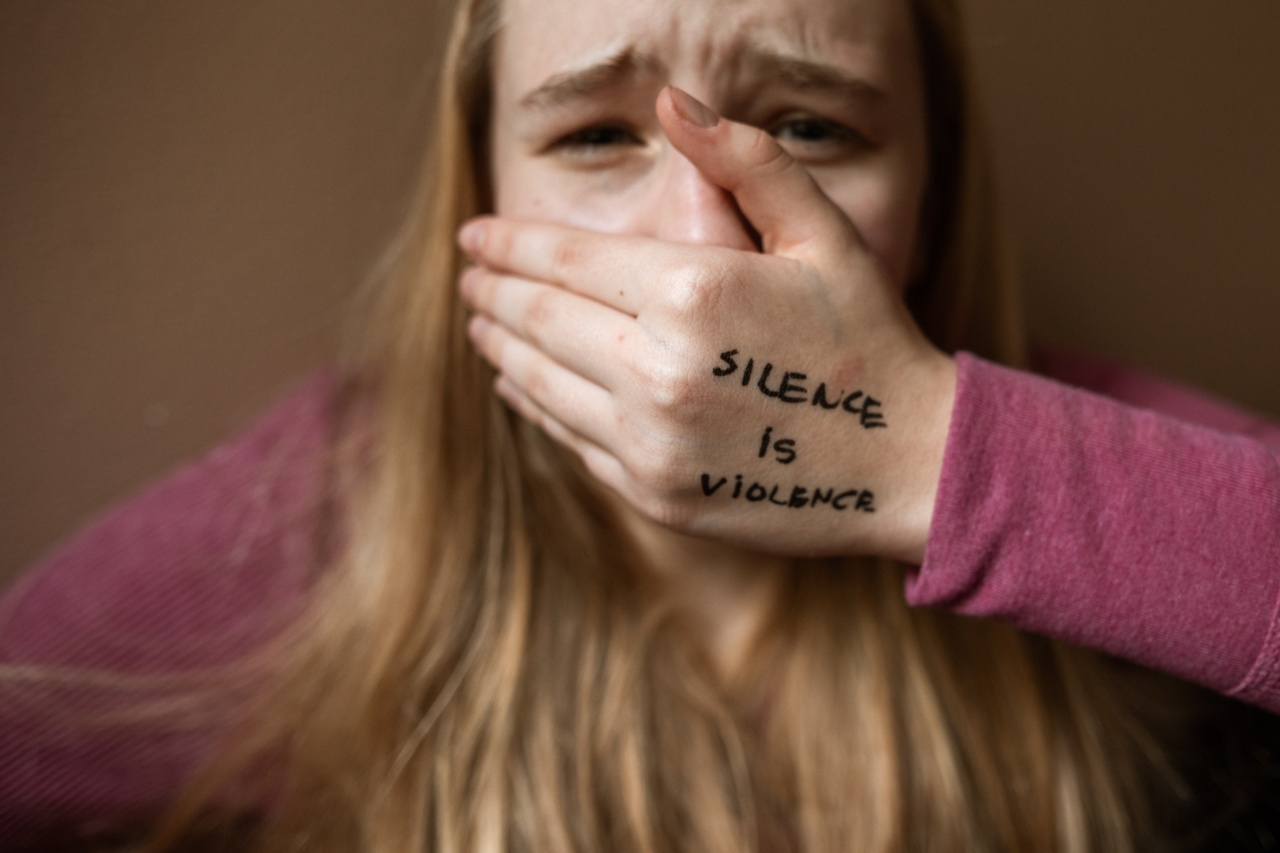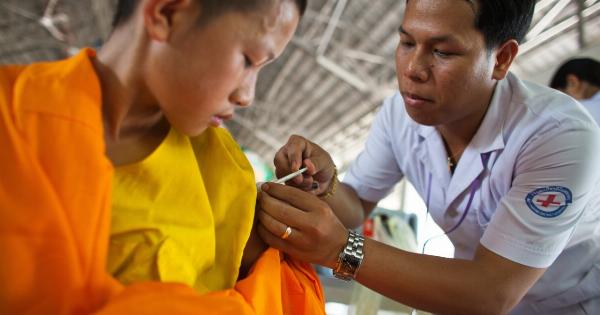Childhood trauma has a significant impact on an individual’s mental and physical health.
Traumatic experiences can occur in different forms, such as physical, emotional, or sexual abuse, neglect, witnessing violence, experiencing natural disasters, and others. These experiences can lead to serious mental health concerns, such as depression, anxiety, post-traumatic stress disorder (PTSD), and even suicide.
It is crucial to address trauma and work towards healing to prevent any long-term negative consequences on an individual’s well-being.
What is Childhood Trauma?
Childhood trauma is a distressing and deeply disturbing experience that happens during an individual’s childhood years. It can be a single event or a series of events that cause significant emotional distress and harm.
In some cases, childhood trauma results from an act of violence or abuse. In other situations, trauma may result from experiencing or witnessing a natural disaster or the death of a loved one. Sometimes, it may occur as a result of being exposed to ongoing emotional or social stressors.
Long-Term Effects of Childhood Trauma
Childhood trauma can have long-lasting effects. It can lead to a range of mental health problems, physical ailments, addictions and behavioral issues that can be carried into adult life.
Trauma can create a negative view of oneself in the world, other people and the future. Suffering in silence without help can be detrimental to the victim’s life and relationships.
The long-term effects of childhood trauma may include:.
- Depression and anxiety
- Post-traumatic stress disorder (PTSD)
- Self-harm and suicidal tendencies
- Addictions, including substance abuse, gambling or sex addiction
- Eating disorders
- Difficulty with relationships, social isolation
- Low self-esteem and poor self-value
- Chronic physical pain
- Increased risk of heart disease, diabetes, and autoimmune disorders
Types of Childhood Trauma
The experience of trauma varies from person to person. There are several types of trauma that can occur during childhood, including:.
Physical Abuse
Physical abuse occurs when a child is physically harmed by a person responsible for their care. This includes hitting, beating, or burning the child.
Emotional Abuse
Emotional abuse is a form of psychological manipulation that includes verbal attacks, threats, and intimidation. Emotional abuse can make a child feel worthless, unimportant, and unwanted.
Sexual Abuse
Sexual abuse is any sexual activity between an adult or older adolescent and a child or adolescent, for the sexual gratification of the older person.
Neglect
Neglect occurs when a child’s basic needs, such as food, shelter, clothing, medical care, and education, are not met by their caregivers.
Separation and Loss
The death of a parent or a significant person in a child’s life can cause significant emotional trauma. Separation and loss also include abandonment and parentification, where the child acts as the parent or caretaker for the family.
Witnessing Violence
Witnessing violence occurs when a child sees or hears violent behavior, either against a person or between people.
How to Heal from Trauma
If you have experienced childhood trauma, you may feel overwhelmed, alone, and hopeless. The healing process can be difficult. But with the right support, it is possible to recover. Below are some ways to begin your journey towards healing.
Therapy and Counseling
Therapy and counseling can help address your thoughts, emotions, and behaviors related to your trauma. It can provide a safe space to work on the issues that arise from trauma.
Trauma-focused Cognitive Behavioural Therapy (CBT) is a clinical approach that helps those suffering from PTSD, anxiety and other mental health problems.
Group Therapy
Group therapy is an effective way to connect with others who have experienced similar experiences. Support groups or group therapy for individuals with PTSD and other trauma-related conditions can be beneficial.
Medication
Medication may be used to manage anxiety and depression resulting from trauma and can be effective in reducing symptoms. However, it is important to note that medication does not heal the trauma.
Mindfulness Exercises
Mindfulness is an excellent tool for coping with stress and difficult emotions. Exercises like meditation, yoga, deep breathing and other relaxation techniques can promote relaxation.
Self-Care Activities
Engaging in self-care activities can reduce stress and promote a sense of well-being. Activities such as taking a walk, taking a relaxing bath, listening to music, or doing something you enjoy can promote emotional healing.
Emotional Support from Friends and Family
Seeking help and support from friends and family can also aid in emotional healing.
Conversations about trauma can be challenging, so it’s important to consider if your family has played any part in causing trauma before exposing your vulnerable self to them.
Psycho-education
Learning about trauma and its effects on both the body and mind can be empowering. Educating yourself on available support resources can help with coping and healing.
Conclusion
A childhood trauma is a painful experience that can have long-lasting effects. However, it is possible to heal from trauma.
With the right support, one can address the psychological, physical and emotional wounds and move forward in life in a healthier way.































